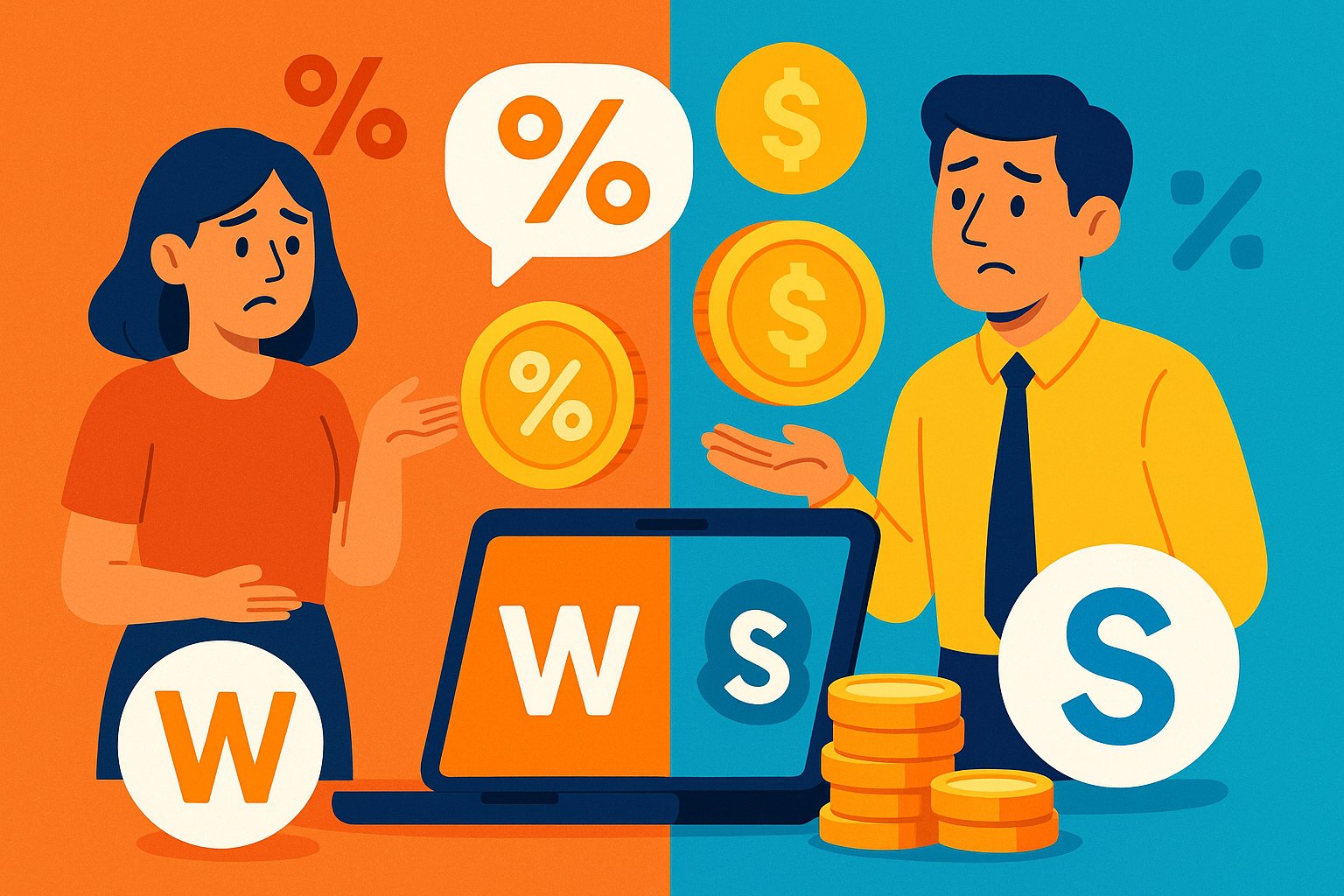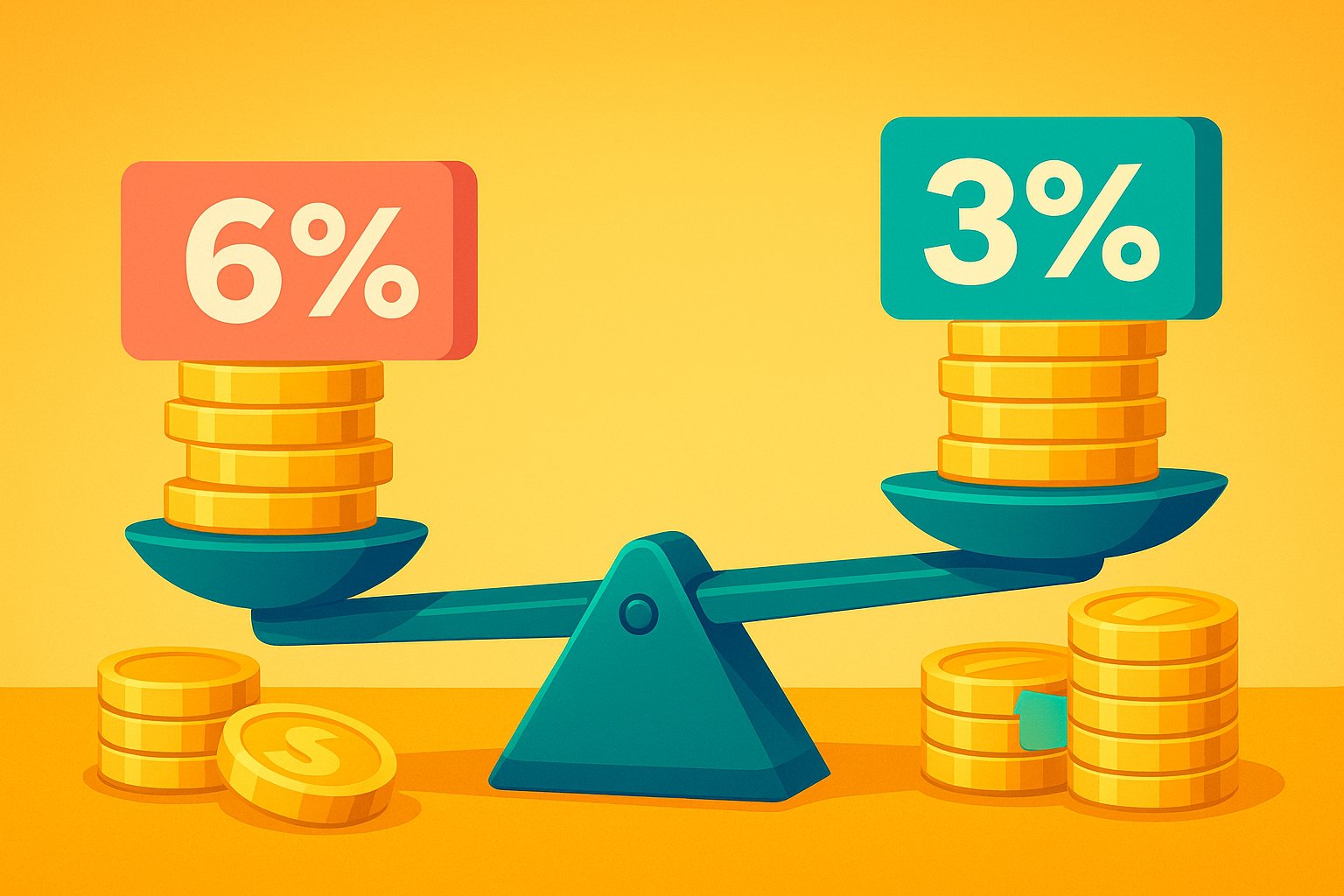Embarking on Your Equity Crowdfunding Adventure
In today’s fast-evolving startup ecosystem, raising capital has transformed from clandestine boardroom negotiations to accessible online marketplaces teeming with eager investors. Equity crowdfunding platforms have leveled the playing field, empowering entrepreneurs to showcase their innovations to a global audience. Yet amidst the excitement, founders face a daunting decision: selecting the platform that will best amplify their campaign’s unique strengths. Two major contenders—Wefunder and StartEngine—have emerged as industry titans, each boasting robust tools, vibrant communities, and distinct value propositions. The stakes are high: the right choice can fuel your growth trajectory, spark enthusiastic brand ambassadors, and set the stage for long-term success. This comprehensive guide will navigate every dimension of Wefunder and StartEngine, equipping you with the insights needed to chart a course that aligns with your fundraising ambitions, operational bandwidth, and investor engagement strategy.
Understanding the Foundations: Wefunder and StartEngine Unveiled
Before comparing features or fees, it’s essential to grasp the philosophies guiding each platform. Wefunder launched with a mission to democratize startup investment, bringing mission-driven ventures into the portfolios of everyday investors alongside seasoned backers. Its identity is anchored in community-building, narrative-driven campaigns, and hands-on support designed to foster authentic connections between founders and investors. On the opposite side of the spectrum, StartEngine presents itself as a holistic equity crowdfunding ecosystem built on technology, analytics, and liquidity solutions. By integrating secondary market trading and extensive data dashboards, StartEngine appeals to founders who prioritize granular performance metrics and post-raise investor mobility. Recognizing these foundational approaches will help you match your campaign’s style—whether you crave the warmth of grassroots storytelling or the precision of tech-driven insights—with the platform best suited to your needs.
Crunching the Numbers: Comparing Fee Structures
Capital efficiency is paramount when you’re in fundraising mode, so unraveling each platform’s fee model is non-negotiable. Wefunder typically imposes a 7.5% success fee on funds raised, complemented by a 2% escrow processing fee. Founders can also elect optional legal packages, which bundle compliance documents and financial audits at additional cost. StartEngine’s model features a base 7% platform fee plus a 2% payment processing charge, with opportunities to unlock fee reductions by achieving fundraising milestones or opting into premium service tiers. Both platforms rely on third-party payment processors that charge roughly 2% to 3% per transaction. What differentiates them is the scope of services covered: Wefunder’s fees fund in-depth campaign coaching, compliance templates, and community outreach features; StartEngine’s fees underwrite advanced analytics, API access, and secondary trading infrastructure. As you model your financial projections, weigh both the headline percentages and the tangible deliverables you receive in return.
Guiding Hands or DIY Toolkit? Support and Platform Flexibility
Equity crowdfunding demands a multifaceted approach encompassing marketing, legal compliance, investor relations, and campaign management. Wefunder has cultivated a reputation for personalized guidance. Its dedicated team of “Wefunder Fellows” pairs you with mentors who have firsthand experience raising capital on the platform, offering strategic counsel from pitch refinement to closing day. The intuitive dashboard provides real-time progress tracking, email templates for investor outreach, and built-in referral tools to mobilize your networks. Conversely, StartEngine caters to self-directed founders who possess in-house marketing and legal resources. Its modular builder toolkit includes customizable landing pages, embeddable widgets, and automation scripts for investor follow-ups. Expert consultations are available as add-ons rather than baked into the core package. If you thrive on autonomy and already have a capable support team, StartEngine’s efficient, plug-and-play ecosystem can accelerate execution. But if you prefer structured hand-holding, Wefunder’s all-inclusive service model alleviates the complexity of launching a compliant, captivating campaign.
Mobilizing a Community: Audience Reach and Investor Engagement
The pulse of any equity crowdfunding platform lies in its investor community. Wefunder’s strength is its richly engaged base of mission-driven micro-investors. Its “Friends and Family” feature seamlessly integrates personal networks, while community forums and regular newsletters spotlight trailblazing campaigns. Through interactive Q&A sessions, founders can field real-time inquiries, fostering trust and transparency. StartEngine’s audience is distinguished by its emphasis on data-savvy investors who value performance dashboards and secondary-market liquidity. The platform’s built-in trading marketplace allows shareholders to buy and sell shares post-raise, appealing to backers seeking dynamic portfolio management. For founders whose narratives resonate with grassroots supporters—be it sustainable food ventures or social impact technologies—Wefunder’s community engagement tools catalyze viral momentum. Conversely, if your target investor persona leans toward analytical evaluation and the promise of future liquidity, StartEngine’s ecosystem offers the structured investor relations you need to nurture long-term partnerships.
Navigating Regulatory Waters: Compliance and Legal Ease
Compliance with SEC regulations is a cornerstone of any equity crowdfunding endeavor, and the ease of managing disclosures, filings, and financial audits can make or break your timeline. Wefunder streamlines regulatory workflows by partnering with established law firms, packaging necessary filings—such as Form C disclosures, audited financial statements, and state Blue Sky registrations—into optional legal bundles. This “one-stop shop” approach minimizes friction for first-time issuers. StartEngine provides a self-service compliance checklist embedded within its platform, guiding you through each step and requiring you to coordinate directly with external legal counsel if you choose. The greater issuer responsibility can translate into cost savings if you already maintain legal relationships, but it also demands a higher level of regulatory literacy. When selecting your platform, evaluate the complexity of your financials, the sophistication of your legal team, and your tolerance for hands-on filing processes.
Technology and Integrations: Building Your Fundraising Ecosystem
Beyond core platform features, the supporting technology stack you assemble around your campaign is equally critical. StartEngine shines with a comprehensive suite of integrations—CRM connectors, email marketing automations, analytics dashboards, and RESTful API access—that dovetail seamlessly with existing enterprise systems. Detailed developer documentation empowers technical teams to build custom investor portals, synchronize data flows, and automate compliance checks. On the flip side, Wefunder offers its own social amplification toolkit: shareable campaign snippets, referral widgets, and embeddable progress bars designed for easy insertion into websites and social media feeds. While both platforms support API access, StartEngine’s documentation is more developer-centric, catering to startups with internal engineering capacity. If your team prioritizes deep technical customization and data-driven optimization, StartEngine’s ecosystem will feel like a natural extension of your stack. If you prefer turnkey social engagement tools that require minimal setup, Wefunder delivers out-of-the-box sharing solutions.
Unpacking Investor Relations: Communication and Follow-Up
Securing commitments during the live fundraising window is only the beginning; cultivating an ongoing dialogue with investors cements trust and paves the way for future rounds. Wefunder equips founders with automated update sequences, allowing you to schedule milestone announcements, product developments, and impact reports that pop directly into investors’ inboxes. Personalized messaging templates and a centralized investor database ensure no supporter slips through the cracks. StartEngine’s platform emphasizes dynamic investor profiles, capturing each backer’s participation history, preferred communication channels, and secondary market activity. Custom segmentation tools let you tailor follow-up campaigns based on investment size or sector interest, maximizing relevance and engagement. Whether you opt for Wefunder’s elegantly simple outreach tools or StartEngine’s granular segmentation capabilities, the key is consistent, transparent communication that transforms one-time investors into long-term advocates.
Weighing the Trade-Offs: Platform Selection Criteria
With a clear understanding of each platform’s core strengths, it’s time to align those capabilities with your campaign’s unique characteristics. If your startup thrives on community energy, narrative-rich storytelling, and turnkey regulatory support, Wefunder’s comprehensive service model will amplify your brand’s authenticity and lower operational hurdles. Its emphasis on micro-investor participation can generate passionate brand ambassadors who champion your product long after the raise concludes. Conversely, if you represent a growth-stage venture seeking advanced analytics, secondary market liquidity, and seamless API integrations, StartEngine’s data-centric toolkit will empower you to orchestrate a highly efficient, metrics-driven raise. Reflect on your internal bandwidth, investor persona, and long-term capital strategy when making this pivotal decision.
Mapping Your Next Steps: Launching a Winning Campaign
Once you’ve selected the platform that resonates, prepare to execute with precision. Begin by refining your pitch narrative: articulate a compelling problem statement, showcase differentiated solutions, and quantify your market opportunity. Invest in high-quality visuals—product prototypes, explainer animations, and founder interviews—that breathe life into your story. Align your pre-launch marketing plan across social media, email newsletters, and strategic partnerships to generate anticipation. Secure early commitments from key supporters to establish momentum on day one. And above all, treat the raise as a customer acquisition channel; every investor interaction is an opportunity to gather feedback, foster product evangelists, and accelerate your go-to-market plans. The groundwork you lay in preparation will pay dividends in the form of traction, credibility, and long-term community support.
Seizing the Future: Final Thoughts on Your Equity Crowdfunding Journey
Deciding between Wefunder and StartEngine represents more than a platform choice—it’s a strategic alignment with a broader fundraising philosophy. Will you leverage Wefunder’s community-driven ethos to galvanize grassroots support, or harness StartEngine’s technology-driven infrastructure to pursue data-first growth? Both paths can lead to transformative results, provided you match the platform’s capabilities with your campaign’s narrative, operational strengths, and investor expectations. As you embark on this exhilarating chapter, remember that a successful raise is not merely the funds you secure; it’s the engaged network of believers, the brand ambassadors you cultivate, and the foundation you build for future fundraising milestones. With a clear vision, meticulous preparation, and the right platform partner at your side, your equity crowdfunding campaign can become a powerful catalyst for innovation, growth, and enduring impact. The road ahead is ripe with possibility—choose wisely and forge your path to success.




